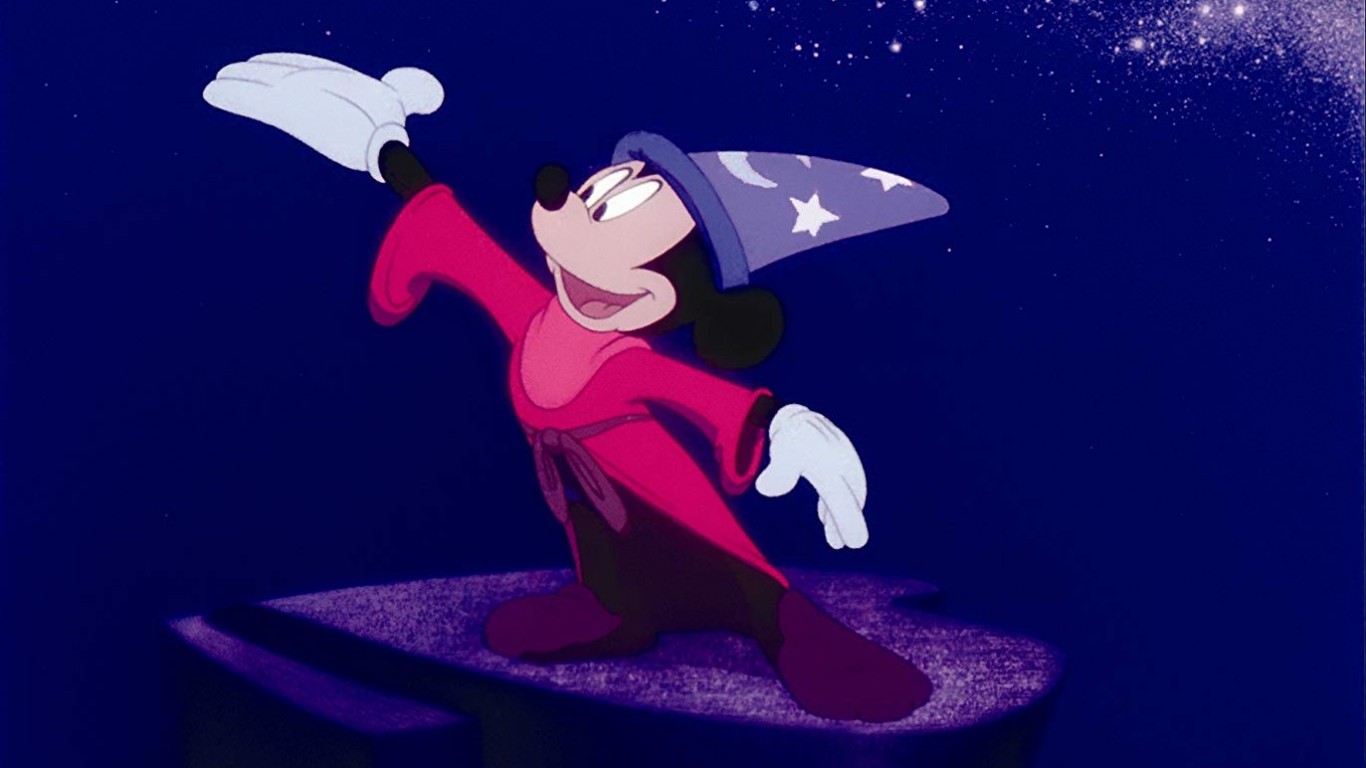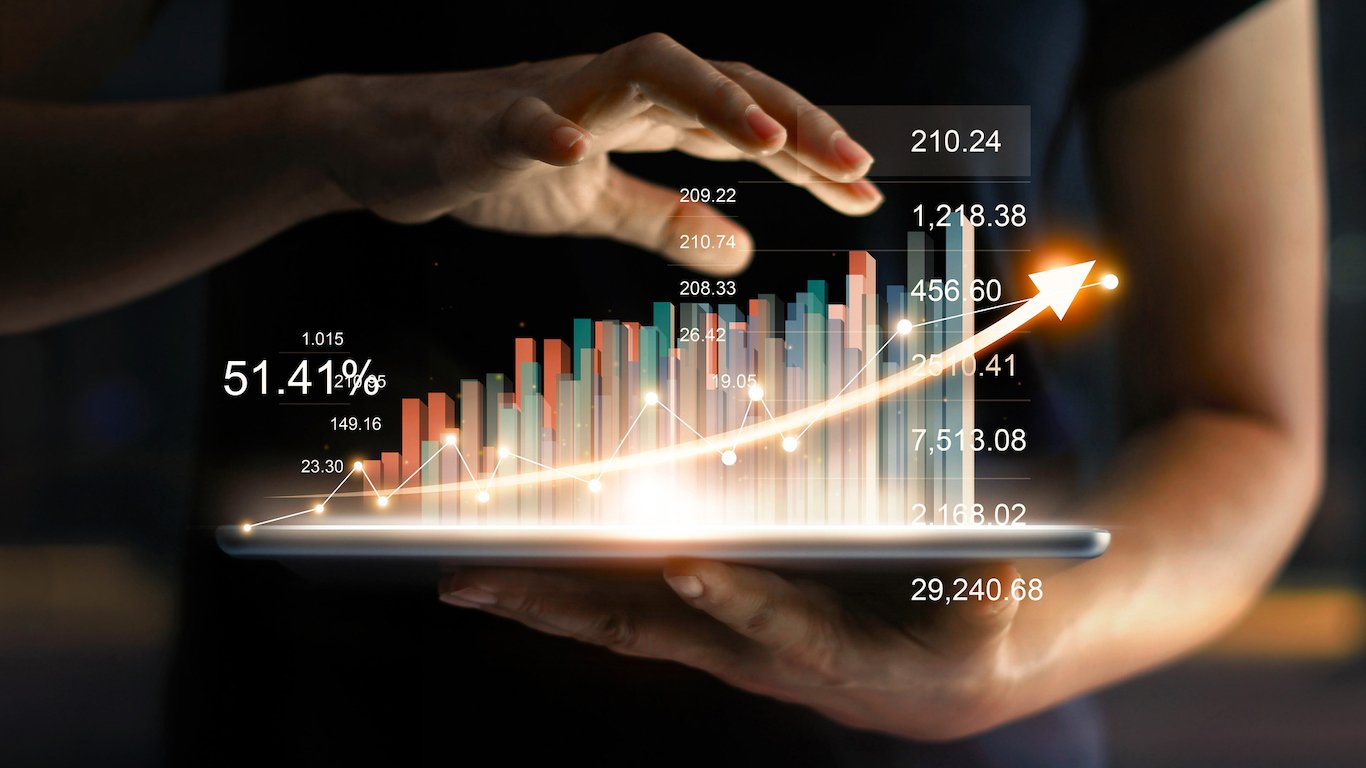

Picking a stock that is safe to own for a full decade is no simple task. After all, there are recessions, rapidly changing consumer habits, wages and operating costs, other business disruptors, and even laws and taxes that have to be considered. There also are even wars, military actions and other geopolitical risks that have to be factored into a decade-long evaluation. 24/7 Wall St. has tracked companies that are safe enough for most investors to want to own for the next decade.
To qualify as a stock to own for a decade or more, they must have solid earnings histories, they have to be paying dividends or are about to embark on a dividend strategy, and they must have business models that can adapt to and withstand the tests of time. That includes being able to remain profitable even during economic slowdowns and traditional recessions.
Walt Disney Co. (NYSE: DIS) was first selected by 23/7 Wall St. as one of 10 stocks to own for the next decade back in late 2010. The economy was still just starting to recover from the Great Recession. National unemployment was over 9% and nominal gross domestic product was about $15 trillion. Zoom forward to 2019, the stock market has turned into the strongest bull market anyone that is still alive has seen. And in 2019, unemployment is under 4% and GDP is over $21 trillion.
The question to ask now is if Disney is a stock that should be owned for the next decade. Before just assuming “yes” because of strength or just assuming “no” because the stock has risen so much, it’s important to understand that the Disney heading into 2020 is a vastly different company with a vastly different economic opportunity for the next 10 years.
In 2010, Disney was a leader in media and entertainment with a vast movie library and movie studios. It had major merchandising, theme parks and vacation destinations, cruises, ESPN, Marvel, Pixar and ABC. That’s still true, but now Disney owns Star Wars, which will have altered Disney’s opportunities when coupled with the power of Marvel and Pixar. ESPN went from a hero to being a dud, and now it also is likely to be viewed favorably now that Disney is launching its own streaming service for cord-cutters and cable subscribers alike. Disney can also count the massive $70-plus billion Fox acquisition that assured its position as a media powerhouse for the years and decades ahead.
What else has changed is that Disney has had to take on massive long-term debt to fund that solid buyout. Its share price has risen handily since that deal closed, but debt can be a bad thing in a recession or slower economic time. It also can be crippling if a company has to refinance that debt in the years ahead when interest rates could be higher and investors may demand a higher spread. Disney’s long-term debt was $17.2 billion and its “other liabilities” in long-term obligations was $9.6 billion at the end of 2018. At the end of the first quarter, Disney’s long-term debt was $37.8 billion and its “other liabilities” was $26.7 billion. This took a company with $44 billion in total liabilities up to $109 billion in one rapid swoop.
Back in 2010, Disney paid a dividend yield of only 0.9%. We argued that it was far too low, but the share appreciation still puts that yield at only about 1.25%. Despite the dividend rising 300% in total annualized payouts, Disney’s share price of about $37 in late 2010 (unadjusted for dividend payments) has risen to $140 in summer 2019.
Another difference between 2010 and heading into 2020 is that Chair and CEO Bob Iger is now much closer to retirement. His pay has been a topic of discussion, but Iger has made some great acquisitions and investments and he has positioned the company for future decades. Whoever assumes that role in the coming years likely will know at least a little bit how Tim Cook feels as the replacement for Steve Jobs.
Thank you for reading! Have some feedback for us?
Contact the 24/7 Wall St. editorial team.
 24/7 Wall St.
24/7 Wall St.


